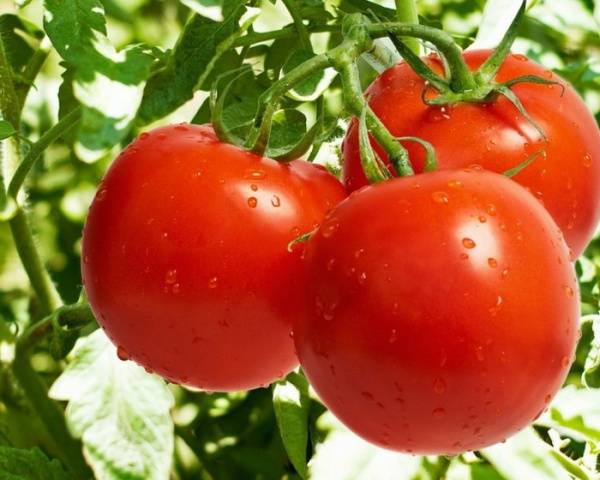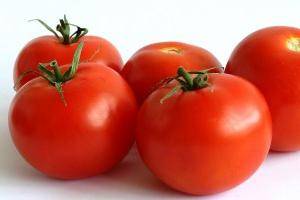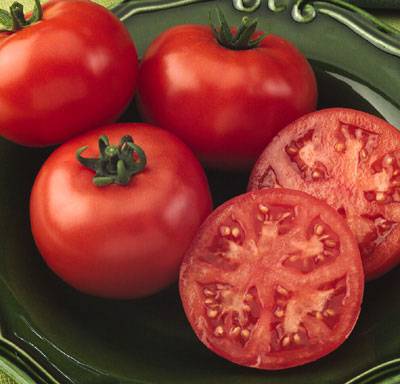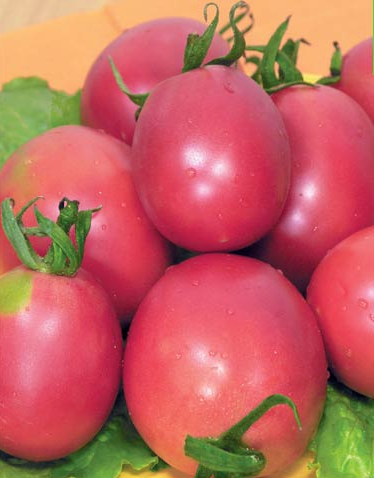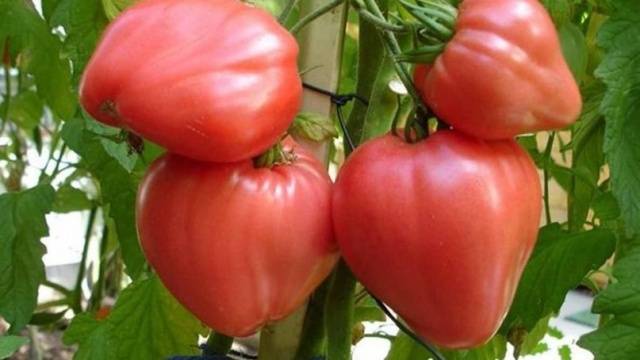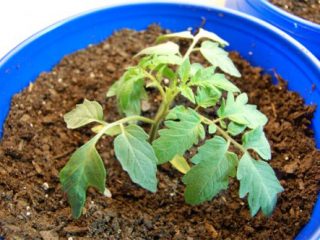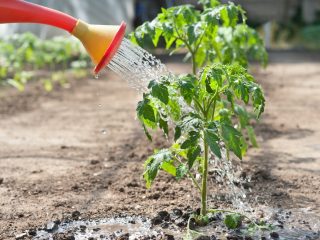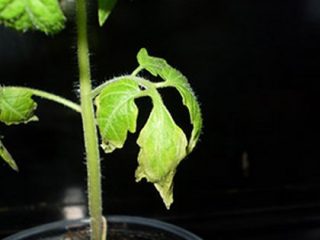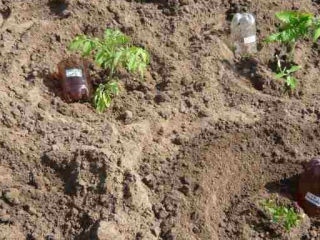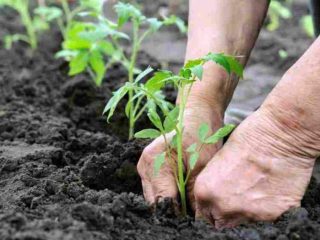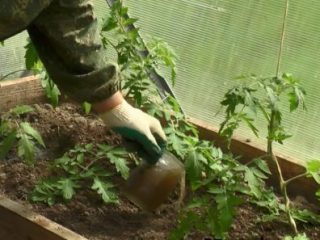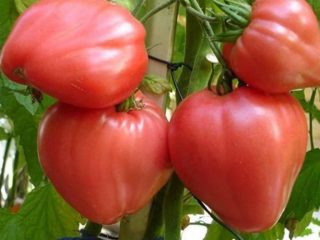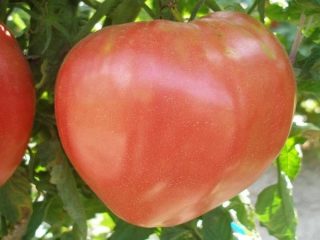Content
Breeders distinguish varieties and hybrids of tomatoes. Hybrids are obtained by crossing two varieties or by isolating from a particular variety a group of plants that have some special characteristics. It is generally accepted that tomato hybrids are characterized by increased productivity, disease resistance, and evenly shaped fruit. However, many experienced farmers still prefer to grow non-hybrid tomatoes, since their fruits are much tastier and contain more vitamins and active ingredients.
Varietal tomatoes at the genetic level store information about growing conditions, are adapted to the climate of the area and can safely withstand all kinds of weather surprises. The seeds of such tomatoes, unlike hybrids, produce full-fledged offspring without loss of characteristics and deterioration of agrotechnical characteristics in subsequent generations. This allows gardeners to independently prepare material for sowing without purchasing seeds annually.
The best varieties
In nature, there are approximately 4,000 different varieties of tomato, of which about 1,000 can be cultivated in Russia. With such a wide variety, it is difficult for a novice farmer to understand which varieties of non-hybrid tomatoes are good and which ones may fail.That is why in this article we will try to highlight a number of proven tomatoes that occupy leading positions in the sales rankings and receive a lot of positive reviews and comments on various forums. So, the top five non-hybrid tomatoes included:
Sanka
“Sanka” is a variety of domestic selection. It was released in 2003 and over time has become the most sought-after non-hybrid tomato. Tomato is recommended for growing in the central region in open areas of land. In the northern regions of the country, the Sanka variety is cultivated in greenhouses.
The main advantages of the Sanka tomato are:
- A short period of fruit ripening, equal to only 78-85 days.
- Low stature of the plant combined with record yield. Thus, bushes up to 60 cm high are capable of bearing fruit in a volume of over 15 kg/m2.
Determinate plants of the Sanka variety should be grown in seedlings. Seeds are sown in cups filled with soil in mid-May. Young plants should be planted in the ground at the age of 30-40 days.
The first inflorescence on tomatoes appears behind the 5-6th leaf. So, 4-5 tomatoes are tied on each brush. For their full and timely ripening, the bushes should be regularly watered, weeded, and loosened. After the first wave of harvest, the plants grow well and begin the second stage of fruiting, which lasts until the onset of frost.
The taste of non-hybrid Sanka tomatoes is excellent: fleshy, red tomatoes combine light sourness and sweetness. Depending on the fertility of the soil on which the crop grows, the weight of the fruit can be different, ranging from 80 to 150 grams. The fruits are consumed fresh and also used for processing.
You can see Sanka variety tomatoes, find out more information about them and hear first-hand comments in the video:
Yablonka Russia
A variety of domestic selection, obtained back in 1998. Many gardeners call it a variety “for the lazy,” since the plant does not require care and bears fruit abundantly, regardless of external conditions. It is the high level of survival that is the main advantage of the variety, thanks to which it has been valued and grown by Russian farmers for almost 20 years.
The main characteristics of the non-hybrid tomato “Yablonka Rossii” are:
- short period of fruit ripening, equal to 85-100 days;
- high resistance to diseases characteristic of the culture;
- stable yield more than 5 kg/m2;
- good transportability of fruits;
- adaptability to open and protected conditions.
Plants of the “Yablonka Rossii” variety are determinate, with a height of 50 to 60 cm. They are grown in seedlings, followed by diving into the ground according to the scheme of 6-7 plants per 1 m2. The tomatoes ripen together. Their shape is round and their color is red. You can see the tomatoes above in the photo. The weight of each tomato is approximately 70-90 grams. The vegetable pulp is dense, the skin is resistant to cracking.
Liana
“Lyana” tomatoes rightfully occupy third place in the ranking of the best varieties. With its help, you can get an early harvest of delicious tomatoes, which you can see above.
The fruits of this ultra-early ripening variety ripen in just 84-93 days. “Lyan” tomatoes are juicy and especially aromatic and sweet. Their average weight is 60-80 g. The purpose of vegetables is universal: they can be successfully used for making juices, purees and canning.
Determinate tomatoes "Liana" do not exceed 40 cm in height.Such small plants are planted in open ground, 7-9 pieces per 1 m2. At the same time, the tomato yield is more than 4 kg/m2. During the growing season, tomatoes should be watered, fed, and weeded. Their thick green mass must be thinned out periodically.
De barao Tsarsky
The best tall, non-hybrid tomato variety. Designed for cultivation exclusively in greenhouses/greenhouses. The height of its bushes reaches 3 m. The yield of the De Barao Tsarsky variety is amazing - 15 kg per bush or 40 kg per 1 m2 land.
Indeterminate bushes of this variety should be planted in protected soil, 3-4 pieces per 1 m2. In this case, it is mandatory to form a bush, pinching it, pinching it, and tying it. Several times during the growing season, plants should be fed with mineral fertilizers and organic matter. The stage of mass fruit ripening begins 110-115 days from the day of sowing the seed and continues until the onset of frost.
Tomatoes painted soft pink can be seen in the photo above. Their shape is oval-plum-shaped, weight approximately 100-150 g. The vegetables are very tasty and aromatic. The fruits are used, including for canning and pickling. Good transportability combined with high yield allows you to grow tomatoes of this variety for sale.
Ox heart
The non-hybrid tomato “Ox Heart” is distinguished by its large fruit and amazing vegetable taste. Each tomato of this variety weighs from 250 to 400 grams.Fleshy, cone-shaped and pale pink color are also the hallmark of the variety.
Bushes "Ox Heart" are medium-sized, up to 120 cm high, semi-determinate. They can be grown in open and protected ground. The fruits of this variety ripen in 110-115 days. The purpose of vegetables is salad. They are also widely used for making juices and pastes.
Conclusion
The following list of tomatoes describes the best non-hybrid varieties that are popular with both experienced and novice gardeners. At the same time, there are other varietal tomatoes that deserve attention. Among them are “Dar Zavolzhye”, “Marmande”, “Volgogradsky 595”, “Pink Flamingo”, “Dubok” and some others. All of them have excellent agrotechnical characteristics and produce wonderful, tasty tomatoes in Russian conditions.
